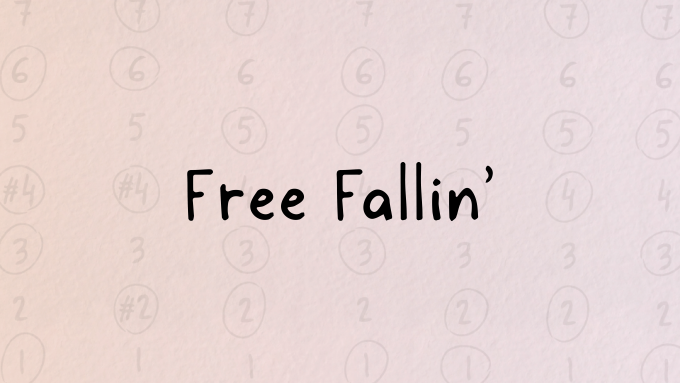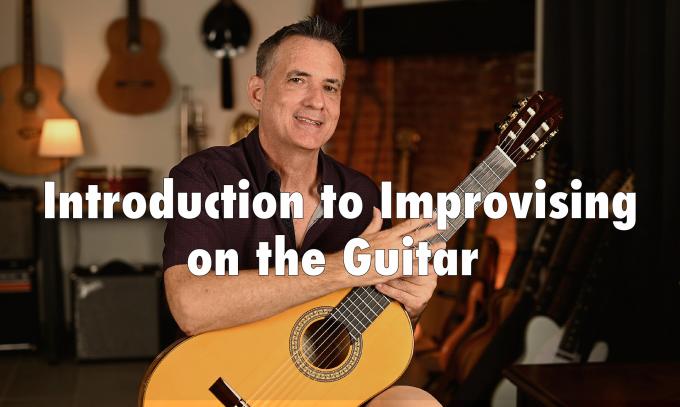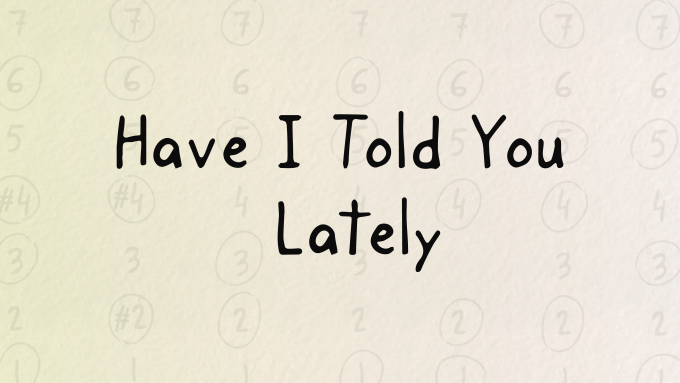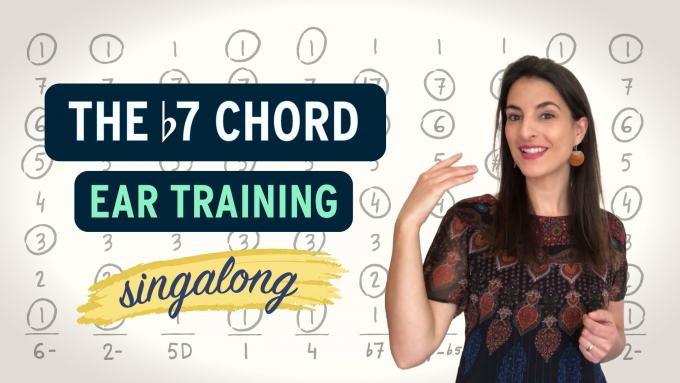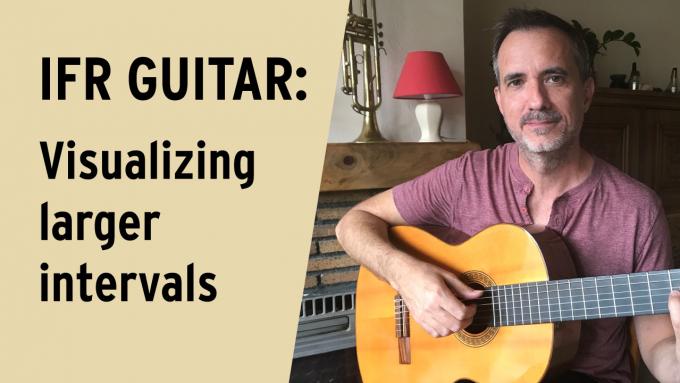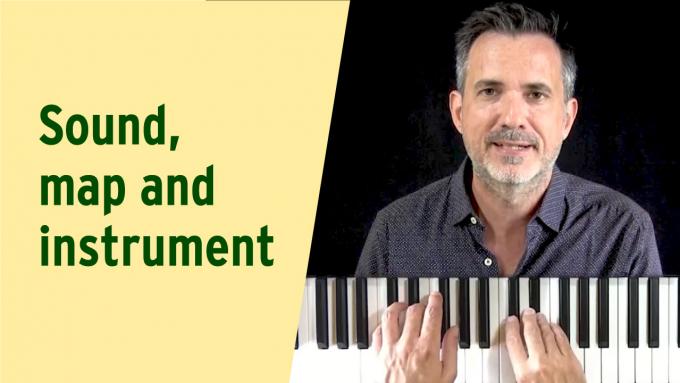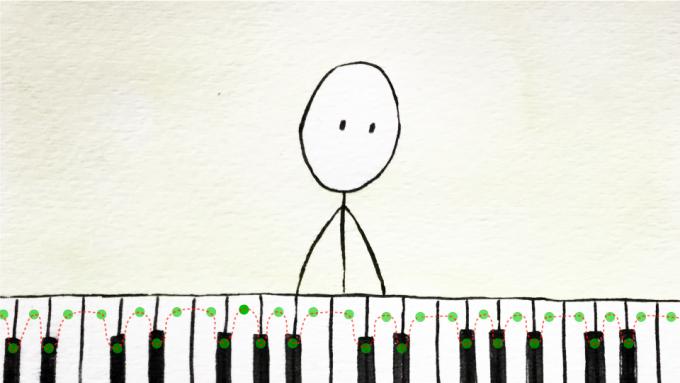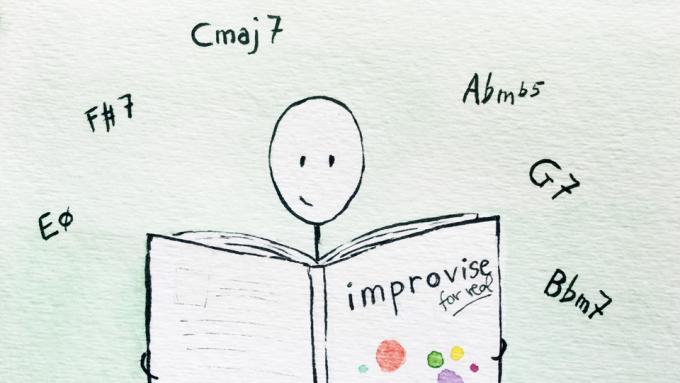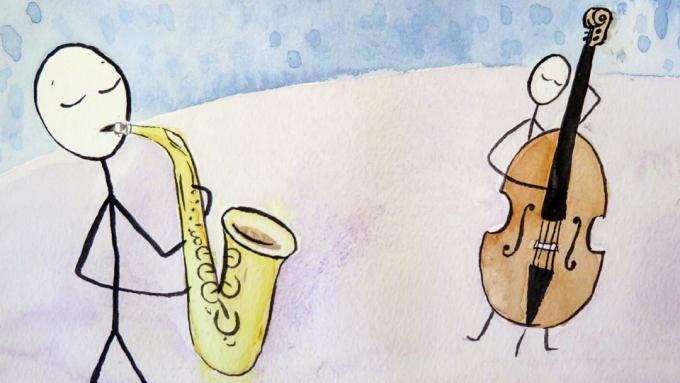This great song is an incredible example of what powerful songwriting can do with just three chords.
In this course for guitarists, we start from the very beginning and build a complete approach to improvising on the guitar. If you have always dreamed of truly understanding music and being able to improvise with complete freedom on the guitar, this is the course for you!
Van Morrison's memorable ballad "Have I Told You Lately" is made from just five chords of the major scale. This is a great example of the wide variety of moods and creative possibilities that we find in the sounds of Pure Harmony.
In this video we sing Melody Paths over a long chord progression which includes the beautiful b7 chord. All of the chords in this chord progression come directly from the key of the music except for the b7 chord and the 3D chord, which both introduce notes from outside the key.
Learn to control both melody and chords at the same time, so that you can play totally unaccompanied solo guitar and create a complete musical experience for your listeners.
Sometimes when you are soloing, it's easy to see the notes immediately surrounding you but it's hard to picture instantly a note that's farther away. In this video I show you how you can learn to visualize larger intervals on the fretboard.
In this video I illustrate the concept ‘Sound, Map and Instrument’ from my book Improvise for Real. This principle guides our practicing and ensures that as our musical knowledge grows, our ear doesn’t get left behind.
Do you define the first note you play in your daily meditation exercise to be any note of the major scale? Or do you leave out that awareness of where you are on the tonal map for this exercise?
I notice that at least in the beginning of your method, you don't talk about chord types like major, minor, dominant, diminished. You describe everything only as the ‘1 chord’ the ‘2 chord’, etc. So how will I know how to improvise over songs with chord symbols like A-7b5?
I have problems remembering tunes and I want to feel more confident improvising. I really want to train my ears so I can just pick up a tune instantly and play. What do you think, David?
